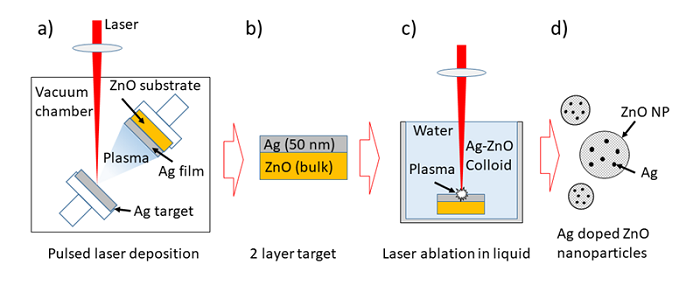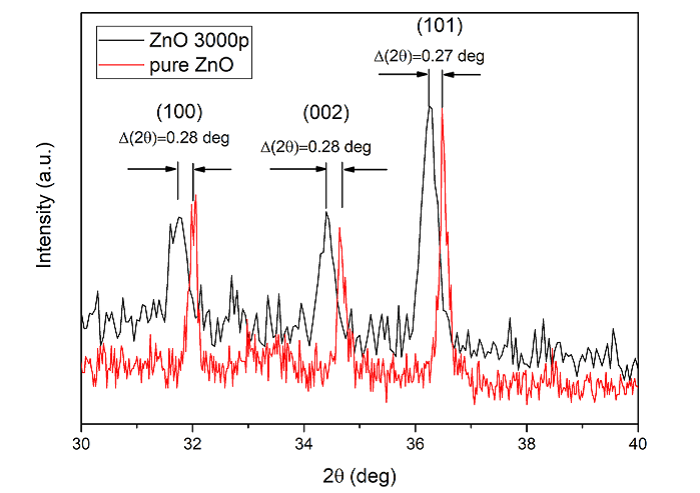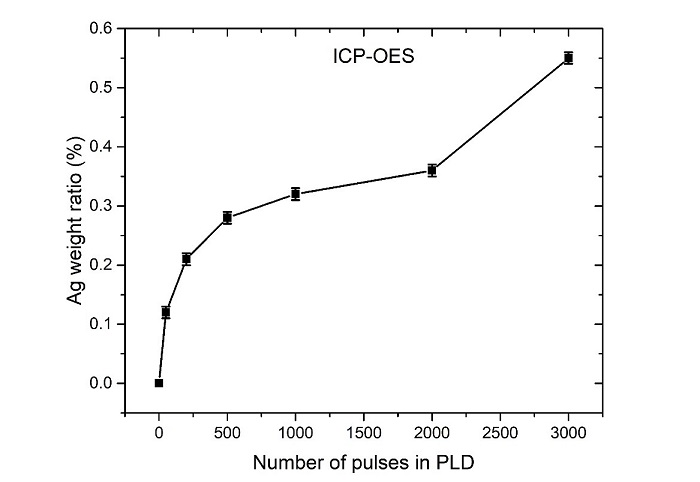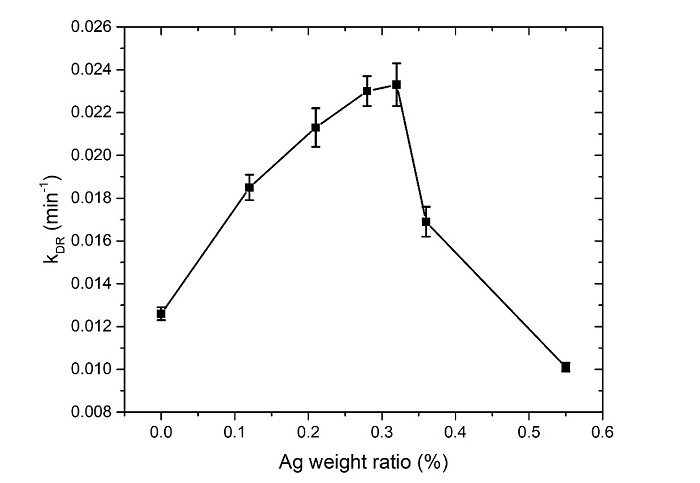This website uses cookies to ensure a better user experience.
To get more information, please read our Cookie Statement.
Enhancement of Methylene Blue Photodegradation Rate Using Laser Synthesized Ag-Doped ZnO Nanoparticles
Our scientists from the PLASAR group developed a method for synthesis of two-component Ag-doped ZnO nanoparticles. The nanoparticles were analyzed in detail with the help of colleagues from the Vinča Institute near Belgrade. It was shown that Ag ions are incorporated into the crystal lattice of ZnO nanoparticles mostly on their surface, which is very suitable for photocatalysis.
Enhancement of Methylene Blue Photodegradation Rate Using Laser Synthesized Ag-Doped ZnO Nanoparticles
Damjan Blažeka, Rafaela Radičić, Dejan Maletić, Sanja Živković, Miloš Momčilović, Nikša Krstulović, Nanomaterials 12, 2677 (2022)
DOI: 10.3390/nano12152677
Colloidal solutions of Ag doped ZnO nanoparticles were used in the photocatalysis of methylene blue. ZnO nanoparticles with various proportions of silver were synthesized in order to determine the optimal weight ratio of silver in ZnO nanoparticles. It was shown that Ag-doped ZnO nanoparticles show twice the photodegradation rate of methylene blue compared to pure ZnO when the silver content is 0.32% wt. A UV lamp was used for irradiation.

Figure 1. Experimental scheme for the synthesis of Ag-doped ZnO nanoparticles. a) pulsed laser deposition of Ag onto ZnO substrate (bulk), b) two-layer target formed in PLD comprised of thin Ag film and ZnO bulk, c) laser ablation of two-layer target in water and d) Ag-doped ZnO nanoparticles synthesized in c).

Figure 2: The shift of Ag-doped ZnO XRD peaks with respect to the pure ZnO peaks.
From the shift of the XRD spectra of pure and Ag-doped ZnO nanoparticles, it was shown that the crystallite size decreases from 49 to 23 nm when ZnO nanoparticles are doped, and the lattice constants a(100) and c(002) increase from 3.23 and 5.17 to 3.25 and 5.21 Å, which is expected because the ionic radius of silver is greater than that of zinc (silver ions substitute Zn ions in the crystal lattice).

Figure 3: ICP-OES calculated Ag weight ratio in PLAL-synthesized Ag-doped ZnO NP in dependence on number of pulses used for Ag deposition in PLD synthesis of PLAL target.
Figure 3 shows how the proportion of Ag in ZnO nanoparticles is changed with respect to number of pulses used (thin film thickness) in pulsed laser deposition of Ag on ZnO substrate.

Figure 4. Photodegradation rate dependence on ICP-OES calculated Ag weight ratio in Ag-doped ZnO NP.
The largest photocatalytic efficiency is obtained by using ZnO NP doped with 0.32 wt.% silver, with an MB photodegradation rate twice larger than in presence of pure ZnO NP. The photocatalytic efficiency is improved by silver doping due to its favorable impacts on photocatalysis, like decreasing the recombination rate caused by inducing energy levels in the ZnO band gap, which acts as charge carrier traps and activity of ZnO is evident, implying good effectivity of silver as a doping material.




